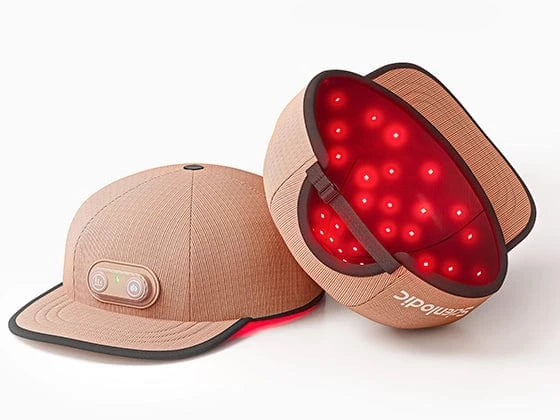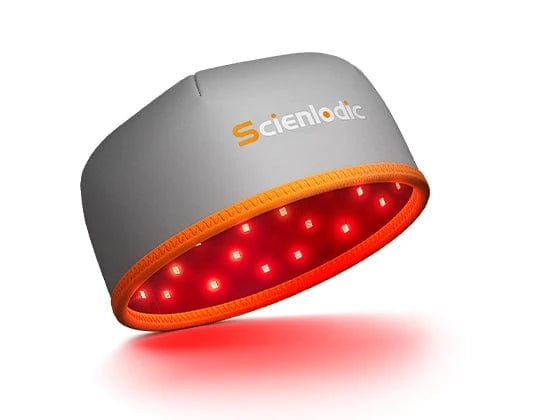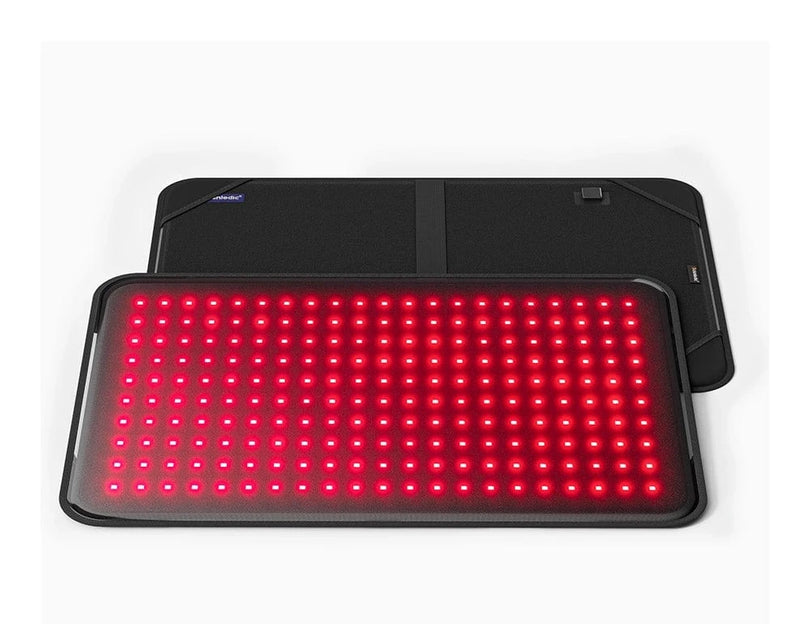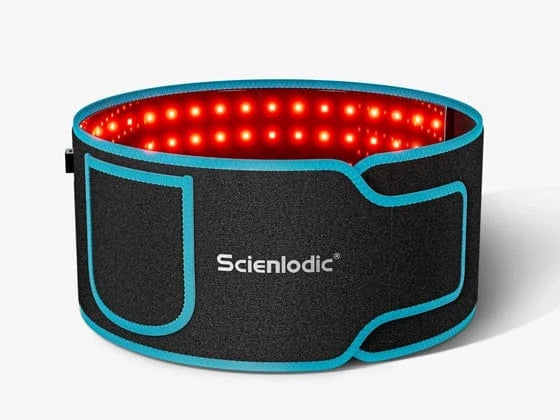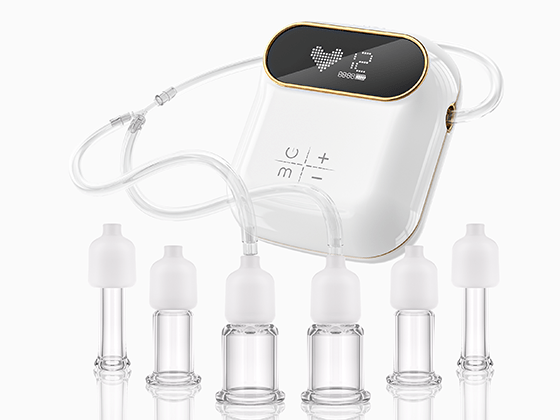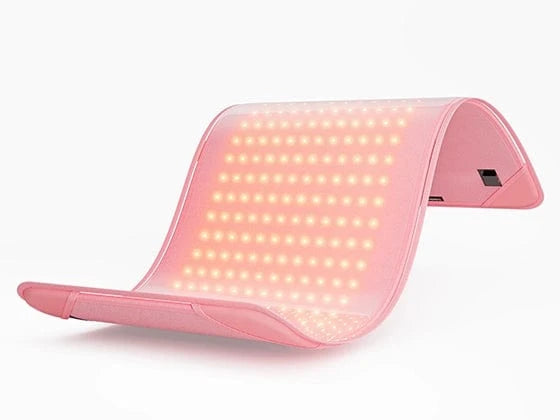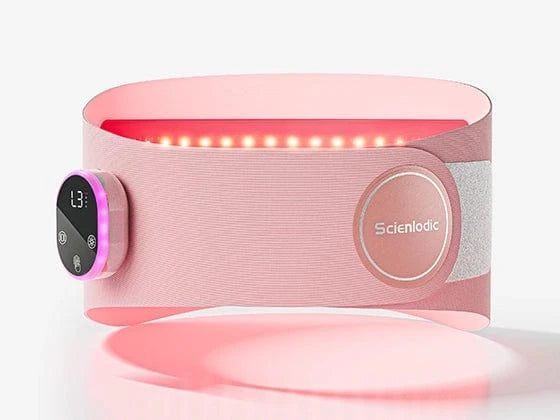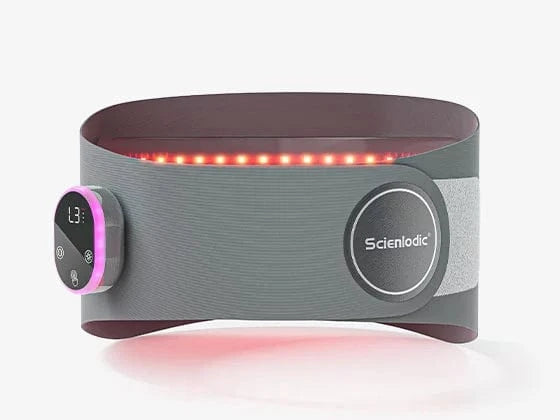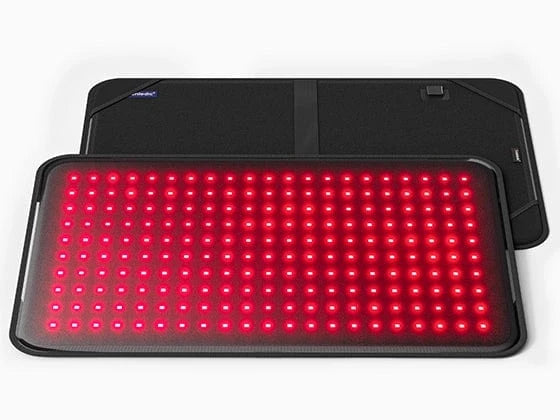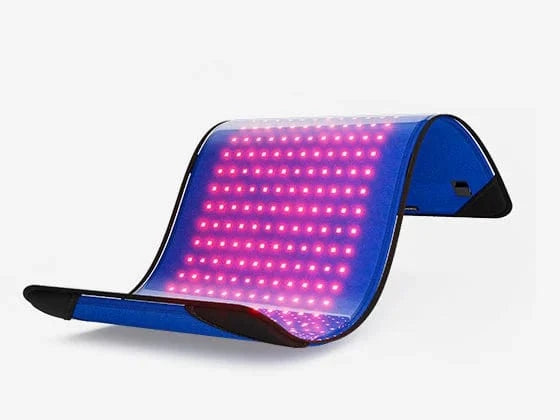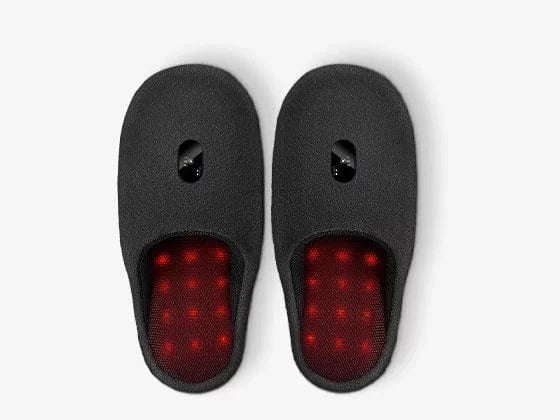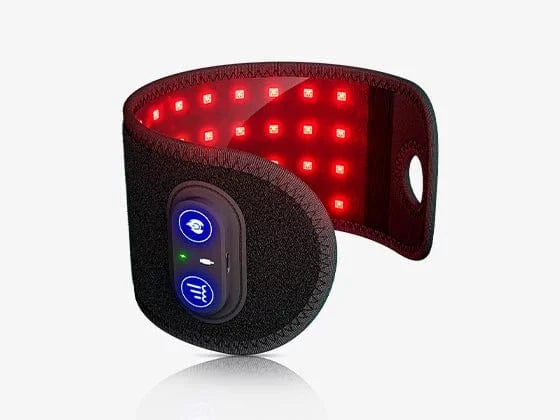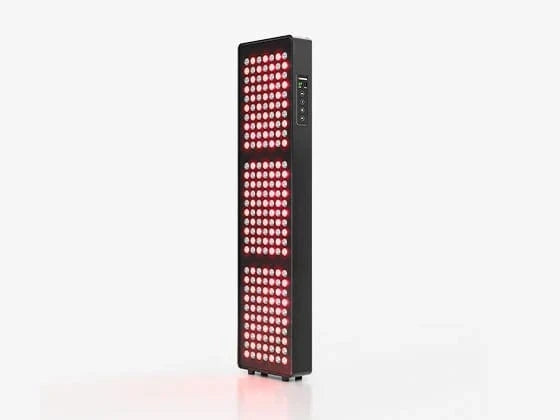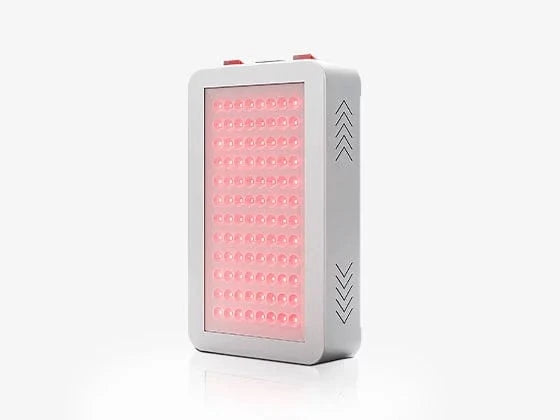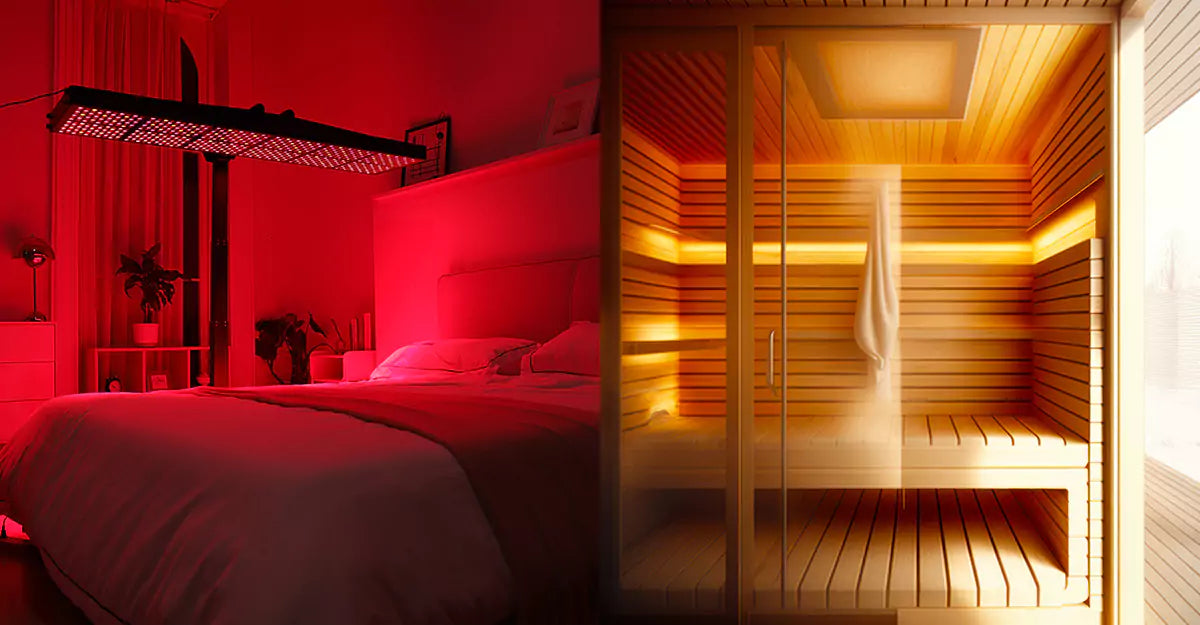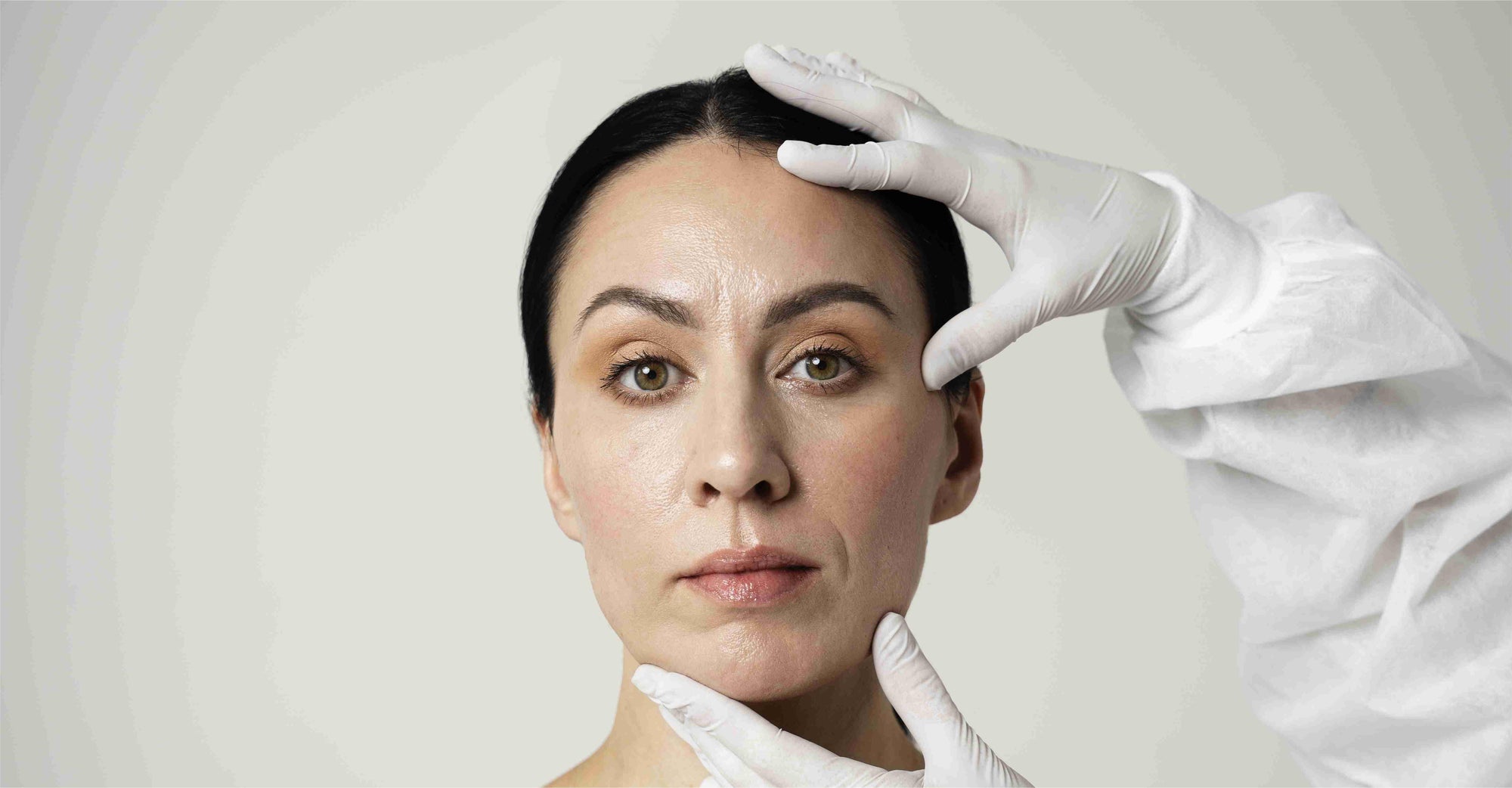We all know light offers numerous benefits, like the sun's rays, is most famous for helping humans by providing Vitamin D.
The benefits of light go far beyond that! Keep reading below to learn more about red and blue light therapy. This blog will tell you with all the answers you need.
Difference between red and blue light therapy
Wavelength and Color:

Red light ranges from about 620 to 750 nm in the visible spectrum, while blue light falls within the range of 380 to 495 nm. (The result may vary based on different data sources.)
These differences in wavelength result in the distinct colors we perceive—red and blue. Both colors are part of the visible spectrum and can be detected by the human eye.
Temperature
Most red light and blue light therapy devices available on the market generally do not generate heat, although users may feel a mild warmth during use. However, they do not produce heat to the extent that they would burn the skin.
In contrast, infrared light does produce heat, which is why infrared saunas are popular. Many products combine red light and infrared light to achieve enhanced therapeutic effects.
Benefits of Red and Blue Light Therapy
Red light therapy is best for your skin's radiance and reducing inflammation, while blue light therapy excels at combating skin bacteria and addressing surface issues.
4 Benefits you need to know about Red light therapy
Red light therapy is suitable for broad, full-body treatments and can be used for skin rejuvenation. It provides us with more options for anti-aging methods and offers a gentler and more pleasant option for patients seeking radiant skin.
-
Red light therapy for loose skin
Red light can make our skin radiant and help us look younger. But how does it do that?
Simply put, red light therapy make certain cells in our body more active. These cells help in healing and repairing our skin and tissues.
This research shows that red light therapy can improve the appearance of the skin, increase collagen inside the skin, and significantly reduce fine lines and wrinkles.
128 volunteers completed the treatment, and there were significant improvements in skin complexion, texture, collagen strength, skin roughness, and wrinkle conditions among the volunteers.
The chart below show the red light therapy outcomes before and after from each group.

From this, we can conclude that red light therapy is a new, safe, non-invasive, and low-intensity light therapy. What's more important is that it has no side effects, leading to high patient satisfaction.
-
Benefits of red light therapy for weight loss
Think of red light therapy works a bit like opening small windows in the outer layer of fat cells. These "windows" in the cell membrane act like doors that allow the fats stored inside the cells to gradually seep out.

In other words, LLLT encourages fat to find their way out of these cells, contributing to a reduction in fat content. It's as if it gently nudges the fats to exit the cells, helping in the process of slimming down.
Below are two studies that prove red light can help weight loss.
Study 1:
A reliable 2017 study found that red light therapy can reduce belly fat or stomach fat. The study involved 18 women and tested a combination of three wavelengths: infrared (630nm), infrared (808nm), and blue LED (450nm) on reducing waist circumference.

After 12 sessions, the results revealed a notable decrease in the size of the upper, middle, and lower abdomen for all participants. Crucially, none of them encountered any side effects. This demonstrates that Red Light Therapy is both a secure and efficient approach for reducing fat.
Study 2:
Another credible study showed the positive effects of red light therapy on reducing fat.
Nine healthy women with thigh fat underwent treatment twice a week for three months, with each thigh receiving 15 minutes of LED light exposure for a total of 24 sessions.
At the end of three months, eight out of nine treated thighs showed a reduction in fat levels. This underscores the impressive potential of red light therapy in fat reduction.
The FDA has granted approval to several LLLT devices designed to help reduce hip, waist, and thigh sizes for cosmetic purposes.
-
Red light therapy for inflammation
Many individuals suffer from issues like arthritis, joint injuries, excessive swelling, and inflammation in the back, neck, and shoulders.
One of the most significant benefits of red and infrared light is their capacity to reduce inflammation. This can be really helpful in promoting healing and alleviating pain.

Cochrane systematic reviews have indicated the positive impact of red light therapy in treating inflammation. Patients experience significantly shorter periods of pain after using red light therapy, and, importantly, LLLT has minimal side effects.
Red light can be used not only for short-term relief from pain and morning stiffness but also to enhance hand flexibility, improve range of motion, address swelling, and strengthen grip.
Red Light Therapy is a safe and effective treatment for hair loss, supported by ample data.
Red light penetrates the skin and is absorbed by cells. This increases blood flow to the scalp, activates hair follicles, and boosts the production of collagen in the scalp, promoting hair growth.
Research has shown that the most effective wavelengths for treating hair loss are 660nm and 850nm. As a result, it's effective for most types of hair loss, including androgenetic alopecia (AGA) and nutrition-related hair loss.
If you want to know more about how red light can help you achieve thicker hair, you can learn more on Does Red Light Therapy Really Work For Hair Loss?, which includes detailed research.
3 Benefits you need to know about Blue light therapy
Acne is one of the most common skin conditions in the United States, affecting as many as 50 million Americans each year, with a significant prevalence among teenagers and young adults.
-
Blue light for acne
Clinical evidence shows that blue light therapy can effectively manage acne without the need for irritating chemicals or prescriptions, leading to an improvement in overall skin appearance.
How does blue light eliminate acne?
- Targeted Skin: Blue light therapy is directed towards the surface of the skin.
- Bacteria Clear: It effectively kills the bacteria responsible for causing acne.
- Inflammation Control: Blue light therapy also has anti-inflammatory properties, helping to reduce redness and inflammation associated with acne.
- Skin oil Control: This therapy is capable of controlling the excessive production of skin oil.
In simple terms, blue light therapy changes the environment for acne-causing bacteria, making it inhospitable for their survival, effectively treating acne issues.
 Numerous studies have been conducted on the efficacy of blue light in treating acne.
Numerous studies have been conducted on the efficacy of blue light in treating acne.
Positive results were achieved in this particular study. 21 participants suffering from acne completed the research. After eight weeks of treatment, the results indicated a significant reduction in the number of inflammatory acne lesions.
Another study conducted in 2011 indicated that daily use of handheld blue light LED devices at home could effectively improve and expedite the resolution of inflammatory acne lesions.
What are the common methods for treating acne?
Besides light therapy, common treatments for acne include topical and oral antibiotics.
These treatments often require long-term use, typically lasting several months and sometimes even years, and they come with a range of potential side effects.
-
Does blue light affect sleep?
Research suggests blue light may play a role in regulating the circadian rhythm, commonly referred to as the biological clock, which is why blue light glasses have remained a popular topic.

This study invited 42 people who have sleep disruptions on workdays.The results showed that morning blue light therapy at home can advance the circadian rhythm and sleep timing. In simple terms, exposure to blue light in the morning can lead to better sleep at night, offering potential benefits for those with sleep-related challenges.
In essence, we can use blue light to signal and inform our brains that it's daytime, helping keep our brains alert in the right state at the right time.
-
Blue light for mood
Imagine a sunny day outdoors – doesn't it make you feel happier? This isn't just psychological; light, much likecolor, indeed affects people's moods.

Seasonal Affective Disorder (SAD) is a type of depression that comes and goes with the seasons. It usually starts in the fall and continues through the winter. Light helps by providing the missing natural light to improve mood and alleviate symptoms.
This review suggests that light therapy can be a helpful option for non-seasonal depression patients. The percentage of depression symptoms eased by at least 50% notably rose among those using light therapy. People who don't respond well to medication or cannot use it may find standalone light therapy beneficial.
In summary, light therapy for mood shows promise, but there is still limited research on the use of blue light for SAD. More high-quality studies are needed in the future.
Can you use red and blue light therapy together?

Red and blue led light therapy each have their own benefits. When used together, they work even better, especially for treating acne.This combination is especially beneficial for improving skin condition and reducing acne breakouts.
Why?
- Red light reduces inflammation and improves skin health.
- Blue light fights inflammation and kills bacteria, which is great for acne.
Combining them works best because blue light doesn't penetrate deep, and red light alone may not kill enough bacteria.
Summary
The choice between red light and blue light therapy isn't an either-or decision. In fact, you can enjoy the benefits of both therapies simultaneously if needed.
As mentioned earlier, red light and blue light have their specific applications and some overlapping benefits. It's important to choose the right light therapy based on your specific needs.
While red light therapy has more research and greater recognition compared to blue light therapy, the field of light therapy is continually evolving.
Many people have found benefits from blue light therapy as well, and we can expect more research and developments in the future regarding the effectiveness of blue light therapy.
Kindly note that the content presented in this article is intended solely for informational purposes and should not be construed as a replacement for expert medical guidance or treatment.

